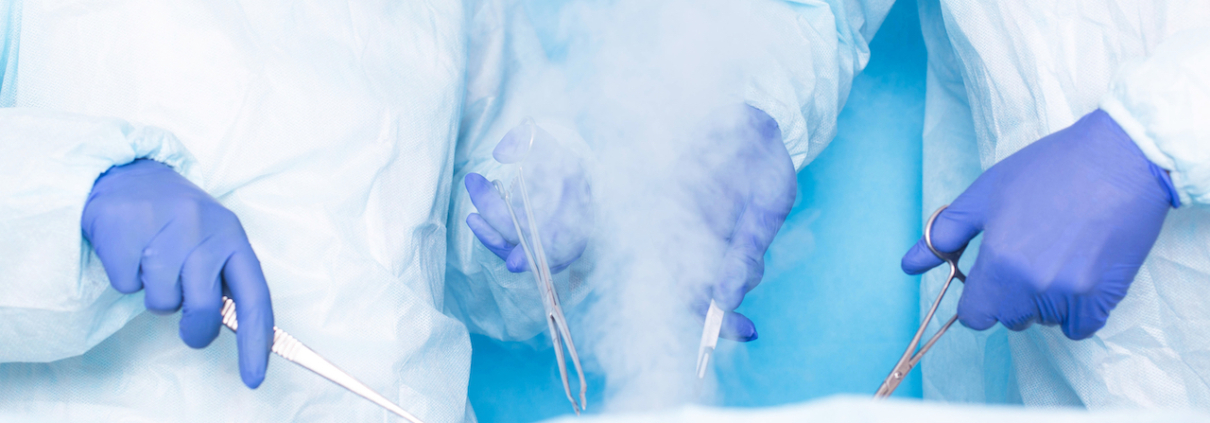Surgical Smoke Hazards: Causes and Exposure
Surgical smoke has a very unpleasant smell, and it can produce an immediate hazard for surgeons through obstructing their view of the surgical site.
But the major risk associated with such procedures is that both diathermy and surgical smoke emissions can contain numerous toxic gases, particulates, viruses, bacteria and other harmful vapours.
Surgical Smoke Causes
Some surgical procedures involve diathermy – the use of heat from an electric current to either cut tissue or seal bleeding vessels. This process can produce certain emissions that are invisible to the naked eye. But thermally destroying tissues by any means, whether it’s through diathermy, lasers, ultrasound, or even high speed drills, can also produce surgical smoke.
Surgical Smoke Exposure
Among numerous potentially harmful substances, one study found that surgical smoke contains acrylonitrile and hydrogen cyanide. These are volatile, colourless, and toxic chemicals that can be absorbed into the lungs through the skin and via the gastrointestinal tract.
Short Term Effects of Surgical Smoke Exposure
Exposure to surgical smoke has been linked to a number of acute health conditions:
- Viral infection, such as the transmission of human papillomavirus (HPV).
- Eye, nose and throat inhalation
- Coughs and nasal congestion
- Asthma and asthma-like symptoms (including a tight chest and shortness of breath)
Long Term Effects of Surgical Smoke Exposure
The long-term effects of chronic exposure to surgical smoke are still relatively unknown.
You can read more about the dangers of surgical smoke exposure through accessing the Health and Safety Executive (HSE) Research Report (RR922): Evidence for exposure and harmful effects of diathermy plumes (surgical smoke).
Managing the Risks of Surgical Smoke
Healthcare professionals around the world have devised recommended practices, guidelines, standards and regulations concerning surgical smoke.
Common best-practice guidelines include:
- Understanding the risks. All healthcare settings should have procedures in place that address the hazards of surgical smoke.
- Adequate training. Any practitioner that may be exposed to surgical smoke should receive appropriate training to help them understand the risks and minimise their exposure.
- Appropriate PPE. As ever, it’s important to choose the right PPE for the right procedure. When performing procedures that might produce surgical smoke, a standard surgical mask may not be adequate. Instead, practitioners should use a properly fitted respirator.
Smoke Evacuation Systems
Healthcare specialists around the world seem to agree that local exhaust ventilation (LEV) is the best defence against the risks of surgical smoke. Though operating theatres are generally well-ventilated, additional air purification systems can help control any excess smoke created by procedures.
The Blueair Health Protect 7440i Air Purifier can completely filter the air in a room of up to 38m² 4.8 times per hour. Its advanced filters can trap and kill up to 99.9% of potentially harmful particles in the air, including viruses, bacteria, and the hazardous chemicals contained in surgical smoke.
As well as supplying specialist air purifiers for healthcare settings, we also offer bespoke air quality monitoring systems. We can monitor your practitioner’s exposure to surgical smoke and other harmful substances, before presenting you with a detailed report complete with actionable recommendations.
Our workplace exposure monitoring will help you meet your COSHH obligations anywhere your staff and patients are exposed to hazardous substances in your hospital. Get in touch to talk to an air purification expert today.



